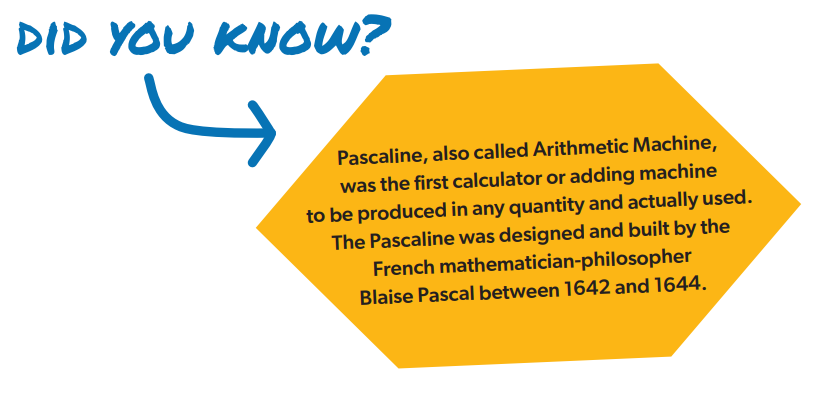4 Using a Scientific Calculator
The calculator is an excellent tool for saving time and performing more complex calculations.
Modern scientific calculators generally have many more features than a standard four or five function calculator, and the feature set differs among manufacturers and models. It is therefore important that you check the instruction manual for your calculator to learn to use it properly.
Some of the features of a scientific calculator that you will be using in the more advanced learning tasks include:
- scientific notation
- floating point arithmetic
- trigonometric functions
- exponential functions and roots beyond the square root
- quick access to constants such as π (pi) and e (natural log).
A scientific calculator can calculate angles using sine, cosine, and tangent.
Most scientific calculators also have keys for:
 % key: divides the number by 100
% key: divides the number by 100 Reciprocal Key (1/x or x-1): puts 1 as the numerator and the number you key in as the denominator and divides to get a decimal.
Reciprocal Key (1/x or x-1): puts 1 as the numerator and the number you key in as the denominator and divides to get a decimal. Exponent Key: puts x10 on the display so that you can key in the exponent for Scientific Notation.
Exponent Key: puts x10 on the display so that you can key in the exponent for Scientific Notation. Power Key: multiply a number by itself for the number of times you key in. All you have to do is enter y. It can also be used to find roots by letting y equal a fraction.
Power Key: multiply a number by itself for the number of times you key in. All you have to do is enter y. It can also be used to find roots by letting y equal a fraction. Square Key: may also have Square Root on same key with one being a second function.
Square Key: may also have Square Root on same key with one being a second function.
If your calculator has a fraction function, you can do this problem:
[latex]\dfrac{5}{12}+\dfrac{1}{12}[/latex]
- Press the then then .
Your display will have a 5, a backwards L and a 12.
- Now press the and enter then then . Then press .
Your answer should be 1 followed by a backwards L followed by 2.
This means [latex]\tfrac{1}{2}[/latex] is correct because [latex]\frac{5}{12}+\frac{1}{12}=\frac{6}{12}=\frac{1}{2}[/latex]
To do 26, you can always multiply 2 × 2 × 2 × 2 × 2 × 2, but it would be much simpler to key in and then use the button, then key in to get 64.


